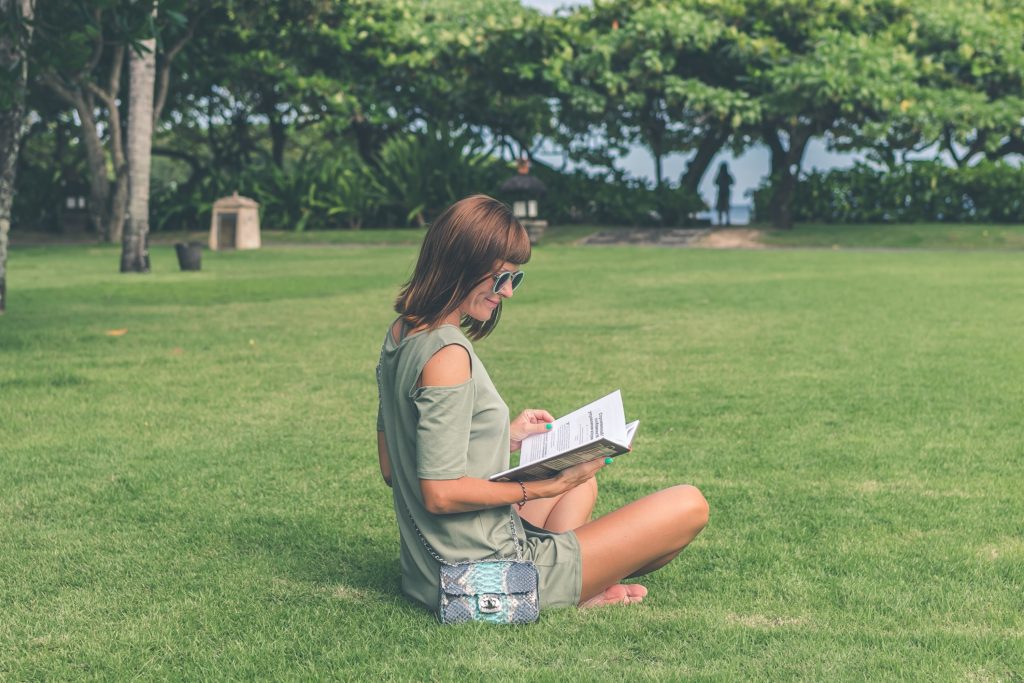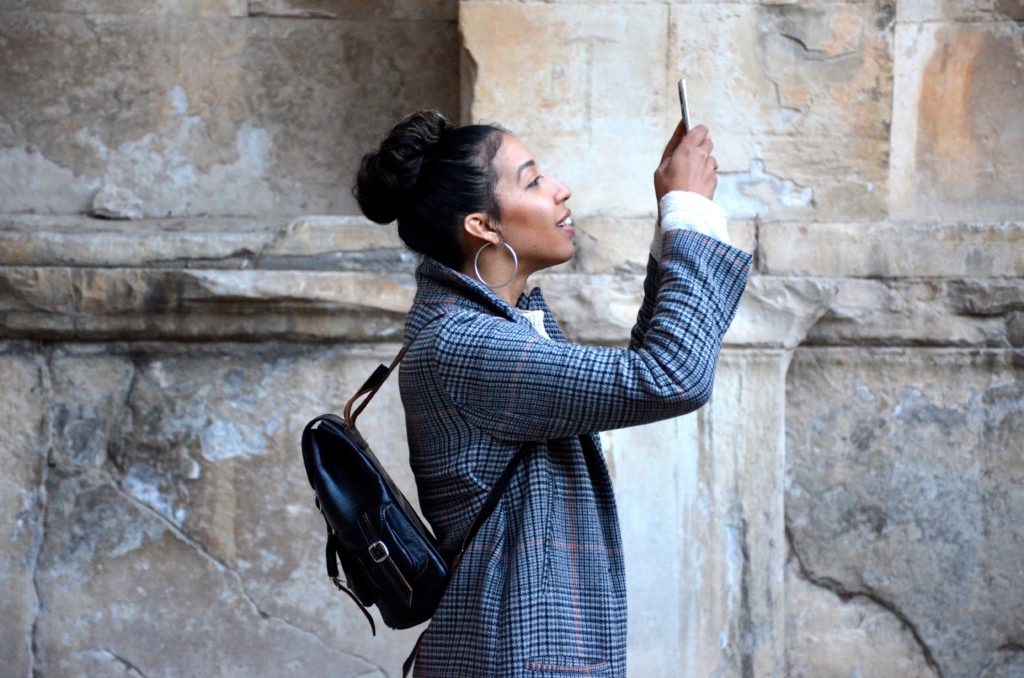It was at the moment when sitting along the bar top at the Tempest, scrolling through my Instagram feed, that the person seated to my right leaned over and said “You know that there are real people sitting next to you. You can interact with real people in real-time right now.” I was at this bar to celebrate a friend’s birthday, and here I was watching a slime video instead of actively participating in the conversation. I deleted the Instagram app right then and there.
The act of deleting Instagram is not a new concept for me. Last summer, after feeling completely inadequate with the stage of my life in comparison to the tile-sized pictorial depiction of my peer’s life, I removed the app for three months from my phone. This summer, I am deleting the app not from feelings of contempt, but for science. I’m here to brave the world sans social media. It has been a month now since that night at the Tempest, here is what I’ve learned.
It should be prefaced that Instagram is the only form of social media that I actively participate in. I’ve never been one for Twitter, only use Facebook for reaching out to family members that live in different countries, and much prefer Instagram stories to stories on Snapchat. In this way, it shouldn’t surprise me that 50% of the time spent on my phone was dedicated to time spent on Instagram. What was shocking was that, according to the data analytics available on all iPhone’s general settings, I spent a cumulative total of 8 hours each day on my phone. In short, a quarter of my day, on average, was devoted solely to screen time. Of those 8 hours, half was spent on Instagram. The remaining four hours was divided amongst these other top mobile app contenders: ASOS, an online shopping app; Citymapper, how I plan my travel routes throughout the city; Spotify, a music streaming app I listen to when on said commute; and Goodreads, a digital library database where I log the books I’ve read throughout the year.

Since deleting Instagram, the time spent on my phone has reduced dramatically- by almost 75% in fact. According to my present iPhone data analytics, in the month of July I’ve spent, on average, only 2.5 hours cumulatively each day on my phone. The apps that occupy these couple hours continue to be: ASOS, Citymapper, and most surprisingly, Microsoft Outlook, the pre-installed email app on all iPhones. Without the distraction of social media beckoning me at all hours, I’ve found that I am more inclined to check my email and messages, and thusly, more reliable in contacting people back. I’ve also found that apps I once frequented, like Spotify, were for me at least, a sort of palate cleanser. Instead of using Spotify on my July commutes, I’ve resorted to reading on MUNI, and found I much prefer the alternative.
A recurring pattern seemed to subsist in July where I would go on my phone, bored and looking for amusement, to find that the Instagram app has since been deleted, and ultimately lose interest in my phone altogether and seek entertainment elsewhere. This pattern was most prevalent first thing in the morning when I would typically scroll through Instagram to catch up on what I may have missed while sleeping. In lieu of the Instagram app, I found that no other app currently downloaded on my phone satiated my morning desire so I was out of bed at an earlier time and ready ahead of schedule. Other times that I found myself missing the app were the times I’d go out with my friends. It is a strange phenomenon in our current society where going out to dinner with friends no longer involves actual human-to-human conversation, but instead a period of silent scrolling in the company of your companions while waiting for food to arrive. Without Instagram, I found it effective to awkwardly stare at my friends lost in the social media vortex until my gaze made them uncomfortable and prompted them to put their phones aside for the duration of the meal.
Another thing I couldn’t help but notice was the fact that my phone storage was no longer bogged down with selfies and the meals I ate each day. In fact, throughout the duration of this month I felt completely disinterested in taking photos because there was no place to post them, so therefore, what was the point? I found that I was more present in the moment and that I enjoyed events at face value.

In many ways, Instagram is effective because it serves a sort of digital scrapbook. From this point, it is also the reason Instagram, and all forms of social media for that matter, can be so toxic. Collected photo tiles serve as points of contention between perceived and real life. I often felt that my life was inadequate or my achievements less worthy based on those I followed on Instagram because it was hard to differentiate what was being presented to me from the bigger picture- that no complete life story can be told in any number of Instagram posts. People post what they want you to see to create the illusion of who they are or who they want you to think they are, which this month, has had me question whether the value of appearances has diminished or increased in modern society. How am I perceived on social media, and how does this affect the characterization of my person in the real world?
In many ways, Instagram has evolved to become so much more than a social media platform; for many, it also serves as a source for news-gathering for a new generation. With movements sparked with a mere hashtag, social media is a communal ground for finding out what is happening in the world, and based on our followers and who we choose to follow, it is how we form our opinions about the world. In just one example, I found out that Disney Channel star, Cameron Boyce, died at the age of 20 from a stroke in his sleep, not from an onslaught of Instagram posts from his fans and co-stars, but the old fashioned way- from a phone call from my sister. The news was shocking to me and came one week following the actor’s untimely passing. I continue to read most of my news on The New York Times and CNN, as I habitually did before this trial period, yet a part of me felt excluded from the day-to-day news and human banalities that only social media seems to offer.
As I prepare to redownload the Instagram app, I feel somewhat unprepared for all that I may have missed in the month that I’ve been away. I’ve enjoyed my month of what feels like a mental vacation from my peers, but I am just as eager to dive right back in. Ultimately, what I have gained from this experience is that it is okay to leave social media when it begins to feel toxic to your life. The world is not going to fall apart because you did not let your 1,000 followers know you had pizza for lunch. I also learned that times are changing and that in order to adapt to modern society Instagram and other social media outlets will likely be incorporated into your day-to-day. What it comes down to is obtaining social media literacy, establishing an online presence and differentiating this from one’s persona, and (hopefully) using the platform for the benefit of the greater good. Now, will someone please explain to me why three-year-olds now have smartphones?
By: Rachel Ladeby

